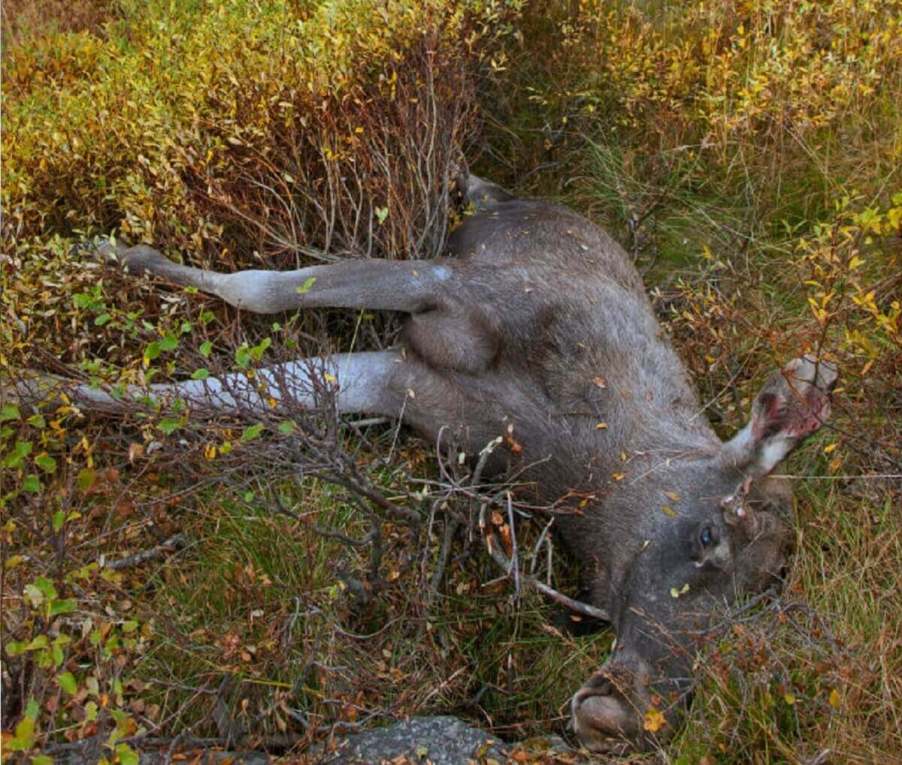
This State Has a Lottery for Roadkill
Every driver has cruised right past roadkill on highways and off-road trails alike. Animals struck dead by a passing vehicle aren’t a particularly appetizing sight. However, you might be surprised to learn that 30 states allow roadkill salvage for residents to repurpose meat for eating. Still, no one does it quite like Alaska; the Last Frontier has a state-run program to control access to precious protein sources, like the great moose.

Can you keep roadkill in Alaska?
The state of Alaska runs an active roadkill program, a list that dictates when a team of residents gets to salvage a dead animal like a moose off of a roadway. As bizarre as it might sound to some Americans, the program is akin to a lottery for families and organizations.
According to the state’s Department of Public Safety, residents of a specific geographic area can apply as a salvage team. Teams must consist of two or more adults and the teams have to abide by many rules and regulations. Any party at the top of the program list must answer the call and expeditiously collect the animal carcass. Moreover, the Department of Public Safety emphasizes the importance of “salvaging all that you can,” citing the mandate to remove all innards under penalty of citation.
Of course, the program doesn’t dispatch teams to recover arctic ground squirrels. Instead, the program seeks to facilitate the salvage of larger game animals, like moose and caribou.
How many moose get killed on Alaska’s roadways?
While moose might not be as plentiful as some smaller animals, the state of Alaska says that 500 or more accidents per year involve a vehicle striking the largest member of the deer family.

Moose v. vehicle accidents are particularly unfortunate for a few reasons. First, a vehicular killing of a large animal cuts its life short. Whether you feel remorse for the animal or not, a car is likely to be a total loss, and a driver could sustain a serious injury in an accident with a large mammal. A full-grown bull could weigh over 1,400 lbs, much more than a common white-tailed deer from the lower 48 states.
Why would you want a roadkill animal?
While you might not want every deceased animal you see on the side of the road, some large mammals could prove bountiful. For instance, a roadkill moose could provide hundreds of pounds of usable meat. A large roadkill animal like that is enough to support a family’s eating needs for months.

What do you think of the Last Frontier’s program for roadside animals? Would you take part in it? Share your thoughts in the comments below!



